It’s probably around 1 billion years old.



NEW YORK (AP) — Brain scans offer a tantalizing glimpse into the mind’s mysteries, promising an almost X-ray-like vision into how we feel pain, interpret faces and wiggle fingers.
Studies of brain images have suggested that Republicans and Democrats have visibly different thinking, that overweight adults have stronger responses to pictures of food and that it’s possible to predict a sober person’s likelihood of relapse.
But such buzzy findings are coming under growing scrutiny as scientists grapple with the fact that some brain scan research doesn’t seem to hold up.
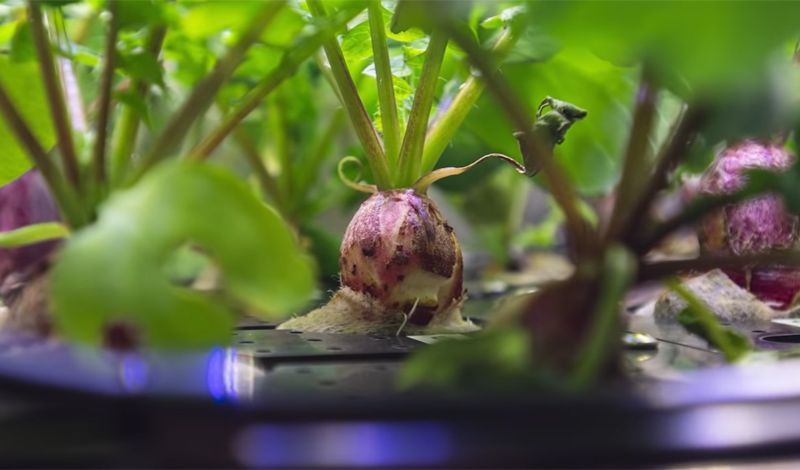
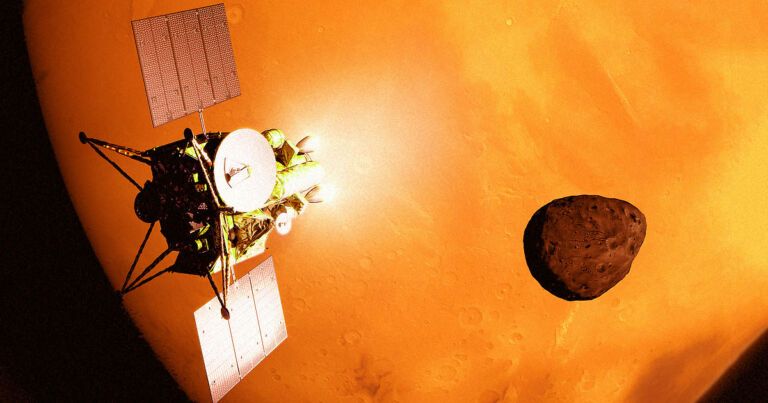

Mohsen Fakhrizadeh, Iran’s top nuclear scientist, was killed on November 27 by a “smart satellite-controlled machine gun” that used AI, the country’s Revolutionary Guards commander Brig-Gen Ali Fadavi told local media, as the BBC reports.
The scientist was allegedly killed by a weapon mounted to a pickup truck, which shot Fakhrizadeh inside a vehicle from a distance — but spared his wife sitting right next to him.
The weapon “focused only on martyr Fakhrizadeh’s face in a way that his wife, despite being only 25cm [10 inches] away, was not shot,” Gen Fadavi, Revolutionary Guards deputy commander, told a ceremony on Sunday, as quoted by the BBC.
For now, it looks like our best bet for going interstellar is to rely on robotic spacecraft that are optimized for speed.
For countless generations, the idea of traveling to an extrasolar planet has been the stuff of dreams. In the current era of renewed space exploration, interest in interstellar travel has understandably been rekindled. However, beyond the realm of science fiction, interstellar space travel remains a largely theoretical matter.
Between the sheer expense involved, the need for technological developments to happen first, and the nature of spacetime itself, sending people to another star system is something that is not likely to happen for a long time – if ever. But in spite of the challenges, the hope remains.
So will humanity ever go interstellar? Let’s break it down categorically and see how hard it might be. First up, there are the laws of physics, which aren’t too accomodating on this front.

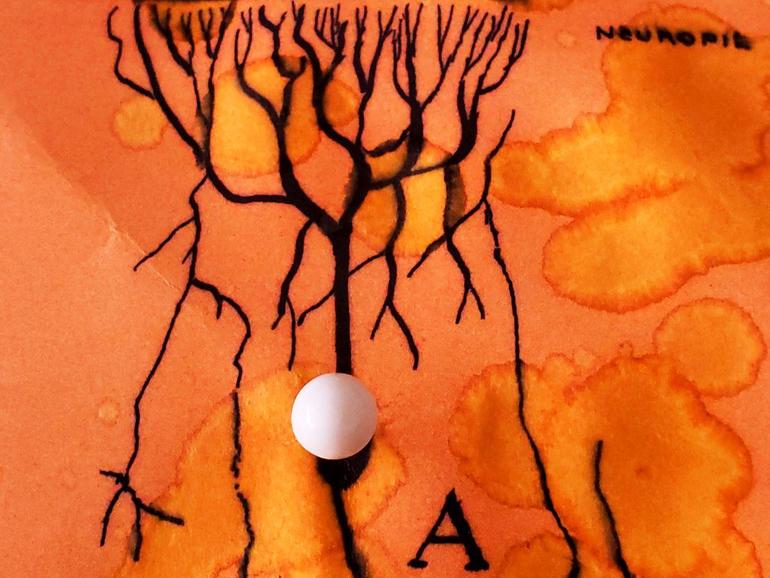
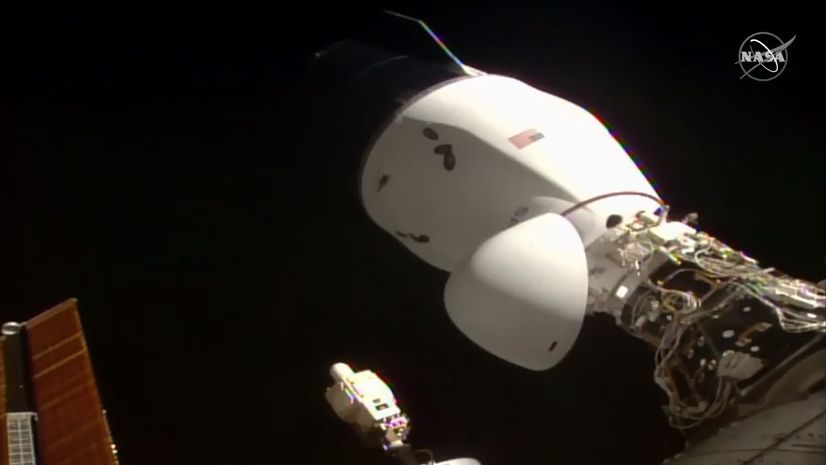
Its SpaceX’s first-ever autonomous Dragon docking.
A SpaceX Dragon cargo ship arrived at the International Space Station today (Dec. 7) to deliver vital supplies for NASA and try something brand-new: park itself without the help of astronauts.
The private spaceflight company used a Falcon 9 rocket to launch CRS-21, the first flight to use the upgraded version of its Dragon cargo spacecraft, to the space station Sunday (Dec. 6) from NASA’s Kennedy Space Center in Florida. The vehicle autonomously docked with the orbiting laboratory today at 1:40 p.m. EST (1840 GMT), parking at the zenith, or space-facing, side of the station’s Harmony module.
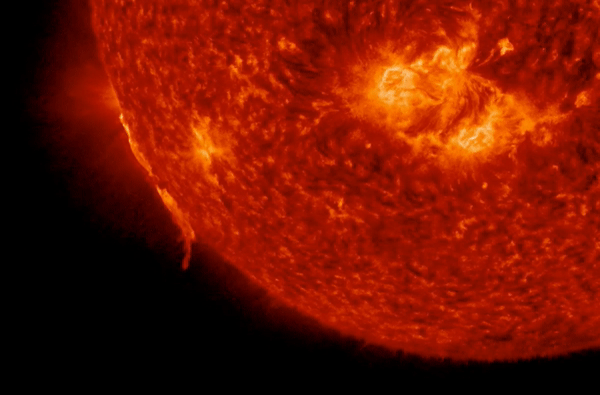
O,.0 based on my sources could bring minor earthquakes perhaps also satellite outages.
The sun unleashed its most powerful solar eruption in more than three years on Sunday (Nov. 29).
The solar flare, which is a sudden, bright explosion of electromagnetic energy, measured as an M4.4 on the scale astronomers use for sun storms. M-class flares are medium-sized eruptions (compared to small C-class flares and large X-class flares) and rank on a scale from 1 to 9, with larger numbers representing stronger flares.